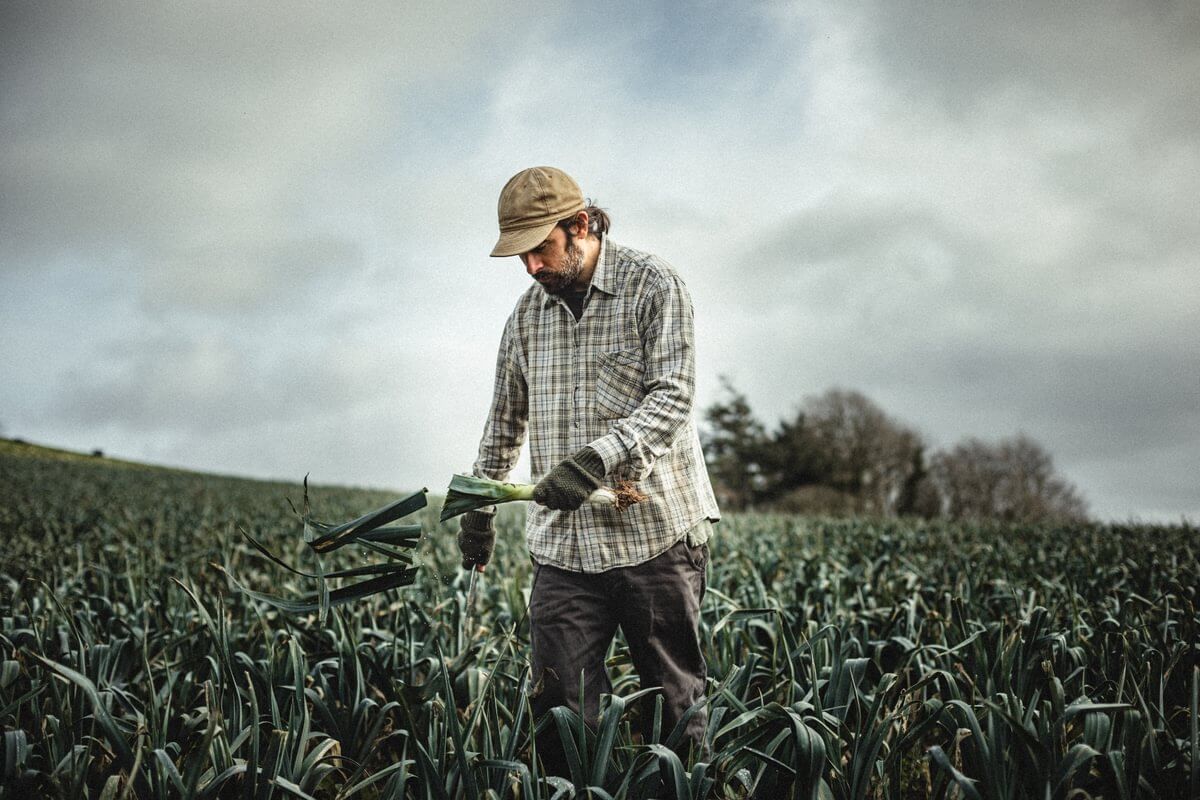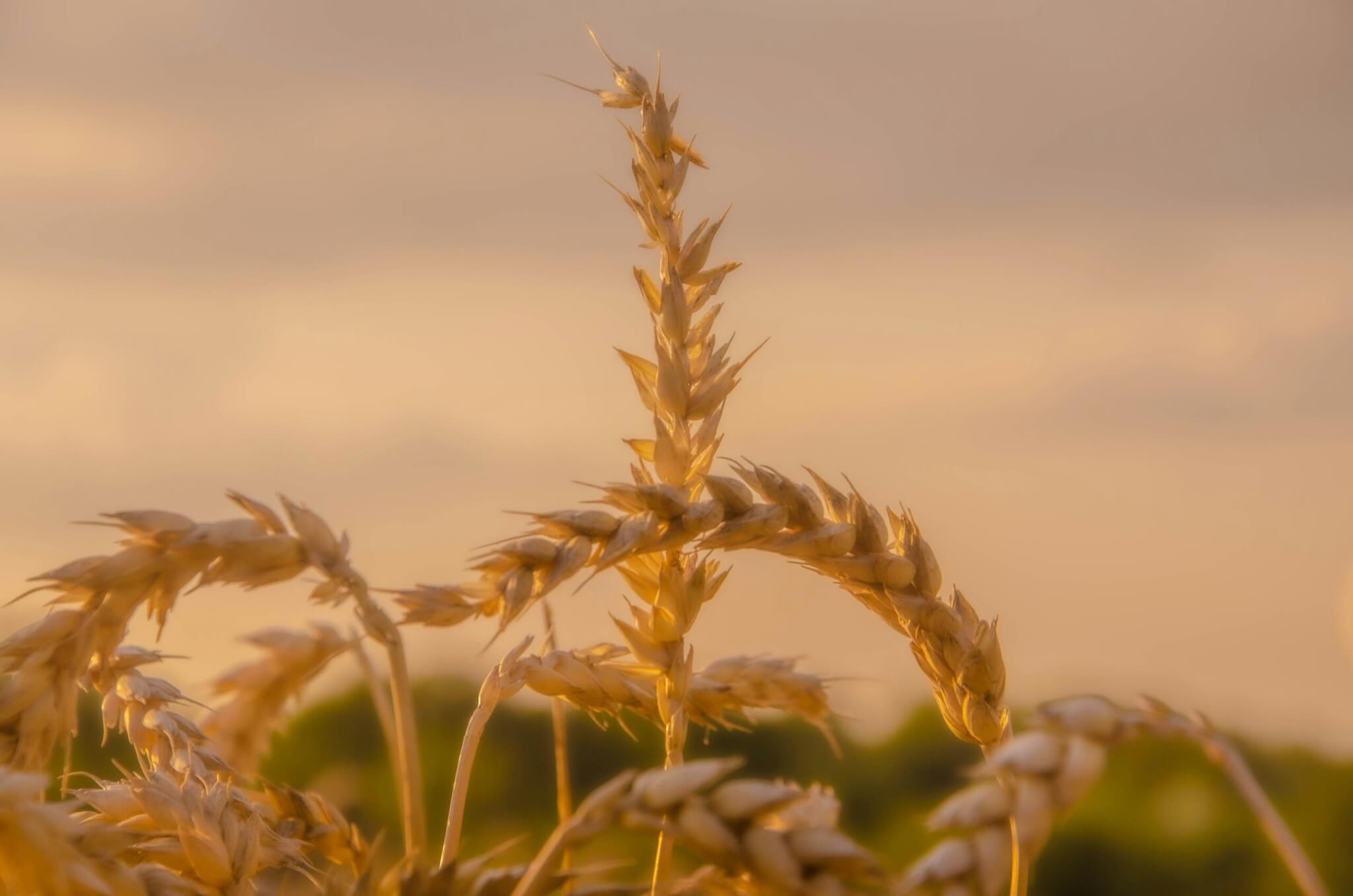After three frantic weeks, we are very nearly caught up with the planting; just a few more rhubarb crowns and artichokes to go, and we will be there. Most crops are establishing well, but even the recent glorious weather won’t make up for a month’s delay in starting – making a long, hungry wait for the first harvest.
South Devon has come alive with the hum of mowers as dairy farmers take their first cut of silage. The grass is cut, bruised to speed wilting, and left for a day to dry, before being windrowed (raked into rows) for the forage harvester; a ravenous, roaring beast which seems to get bigger and faster with every passing year. Back at the farm, the finely chopped grass is rolled into a ‘clamp’ (a heap that is covered and compressed) to exclude oxygen. This promotes the anaerobic fermentation which generates lactic acid, thereby pickling and preserving the grass. It’s sauerkraut for cows on a huge scale; they will each eat about ten tonnes through the winter. These early cuts give lower yields, but the grass is more digestible. So, provided there are enough sugars to feed the right bacteria, quality will be good, the cows will eat more and produce more milk.
Silage is undoubtedly a more efficient and advanced way of preserving grass than haymaking, which normally requires five to seven consecutive dry days, making it risky, time consuming and often frustrating. However, the early and frequent cutting used for silage is less good for ground-nesting birds. Traditional hay meadows were typically cut in July, when most nesting was complete and a diverse range of grasses and flowers had set seed. The transition from hay to silage gained momentum in the 1960s; silage must now account for 95% of forage conservation in the UK. Its rising popularity is also associated with a move from species-rich permanent pasture to monocultures of sweet, high-yielding ryegrasses which respond well to nitrogen fertilisers. Organic farmers will have more diverse mixtures, including clovers and sometimes more varied grasses, but nothing to compare with the species richness of traditional hay meadows – or the sweet smell of well-made hay. Despite silage’s flaws, it is good to see (or rather hear) the dairy farmers getting started, just as we finish catching up ourselves.
Guy Singh-Watson














0 Comments